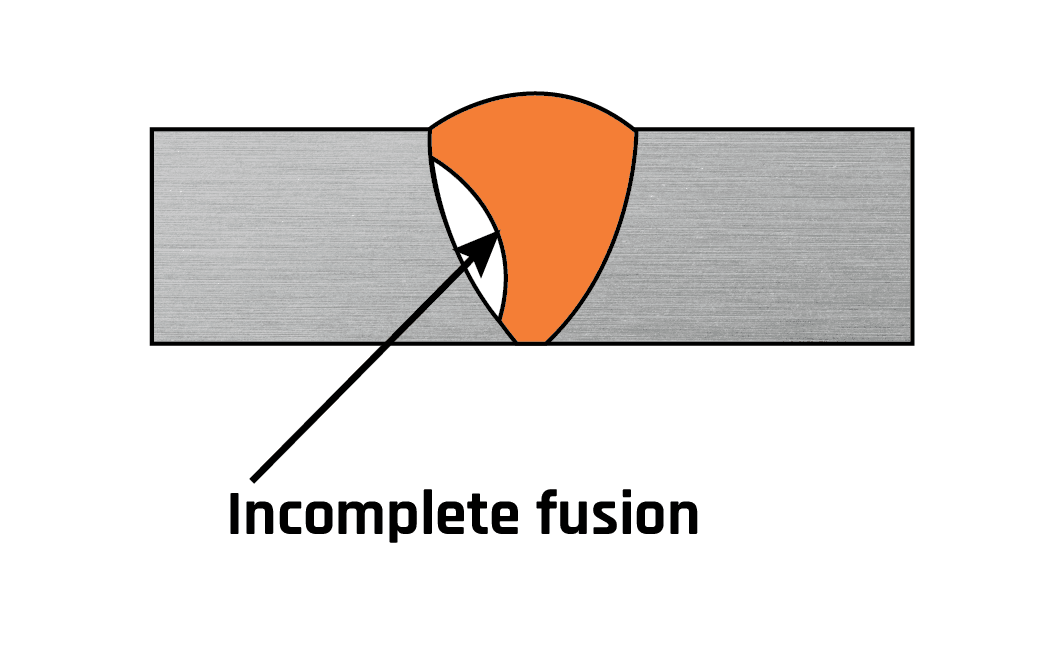Exactly How to Prevent Weld Undercut: Necessary Tips for Welders
Exactly How to Prevent Weld Undercut: Necessary Tips for Welders
Blog Article
Understanding the Art of Welding: How to Prevent Undercut Welding Issues for Flawless Fabrication Outcomes
By understanding the root creates of undercut welding and implementing efficient methods to stop it, welders can boost their craft to new levels of excellence. In the pursuit of perfect manufacture outcomes, understanding the art of welding to avoid undercut issues is not just a skill however a need for those making every effort for excellence in their job.
Recognizing Undercut Welding

To avoid undercut welding, welders need to make certain correct welding criteria, such as readjusting the existing, voltage, traveling rate, and preserving the correct electrode angle. Furthermore, making use of the suitable welding method for the specific joint arrangement is necessary. Employing weaving movements or backstepping strategies can aid ensure correct weld metal deposition and decrease the probability of undercut development. Regular assessment of welds during and after the welding process is likewise crucial to catch any type of undercut very early and make required changes to stop further problems. Preventing weld undercut. By comprehending the reasons of undercut welding and executing safety nets, welders can attain high-grade, structurally audio welds.
Root Causes Of Undercut in Welding
Understanding the factors that add to undercut in welding is essential for welders to generate high-quality, structurally audio welds. When the weld steel does not effectively load the groove created between the base metal and the previously deposited weld steel, damaging happens. A number of aspects can cause undercut in welding. One common cause is too much warm input. Welding at heats for extended durations can lead to the base metal thawing even more than desired, causing undercut. Poor welding wrong or present welding speed can additionally add to undercut. Not enough current may not supply sufficient heat to thaw the base and filler metals effectively, while excessive speed can avoid correct combination, creating undercut. Furthermore, improper electrode angles or inaccurate lantern control techniques can produce areas of reduced weld steel deposition, advertising undercut. Comprehending these causes and applying proper welding strategies can aid prevent undercutting concerns, making sure solid and sturdy welds.
Strategies to avoid Undercutting

To mitigate the danger of damaging in welding, welders can utilize strategic welding methods targeted at improving the top quality and honesty of the weld joints. One effective method is to change the welding specifications, such as voltage, existing, and take a trip rate, to make certain appropriate warm input and deposition. Maintaining a suitable electrode angle and making certain consistent travel rate can additionally aid prevent undercut. Additionally, using the correct welding technique for the certain joint setup, such as weave or stringer beads, can contribute to minimizing undercutting. Preventing weld undercut.
Moreover, proper joint preparation, consisting of guaranteeing clean base materials without contaminants and making use of the proper welding consumables, her comment is here is critical in protecting against undercut issues. Using back-step welding methods and controlling the weld grain profile can also help disperse warm equally and lessen the risk of undercut. Normal inspection of the weld joint throughout and after welding, in addition to executing quality guarantee measures, can assist in dealing with and detecting damaging issues immediately. By carrying out these techniques carefully, welders can achieve perfect fabrication results with very little undercut flaws.
Relevance of Appropriate Welding Criteria
Picking and maintaining proper welding criteria is essential for accomplishing effective welds with minimal problems. Welding specifications describe variables such as voltage, existing, take a trip speed, electrode angle, and protecting gas circulation price that straight influence the welding procedure. These parameters have to be thoroughly readjusted based upon the kind of material being welded, its density, and the welding strategy used.
Proper welding parameters ensure the ideal quantity of warm is related to thaw the base steels and filler product uniformly. If the parameters are set expensive, it can lead to excessive heat input, creating distortion, spatter, or burn-through. On the various other hand, if the specifications are as well low, incomplete combination, lack of penetration, or undercutting might take place.
Top Quality Guarantee in Welding Workflow

Final Thought
Finally, understanding the art of welding requires a detailed understanding of undercut welding, its causes, and strategies to stop it. By making certain correct welding criteria and executing quality control methods, perfect manufacture outcomes can be attained. It is vital for welders anchor to continually make every effort for quality in their welding procedures to prevent undercut issues and create high-quality welds.
Undercut welding, a common issue in welding procedures, occurs when the weld metal doesn't appropriately fill up the groove and leaves a groove or anxiety along the bonded joint.To protect against undercut welding, welders should make certain proper welding criteria, such as adjusting the present, voltage, traveling rate, and preserving the appropriate electrode angle. Poor welding incorrect or existing welding rate can likewise contribute to damage.To reduce the danger of damaging in welding, welders can use critical welding techniques aimed at improving the high quality and integrity of the weld joints.In final thought, grasping the art of welding needs an extensive understanding of undercut welding, its reasons, and strategies to avoid it.
Report this page